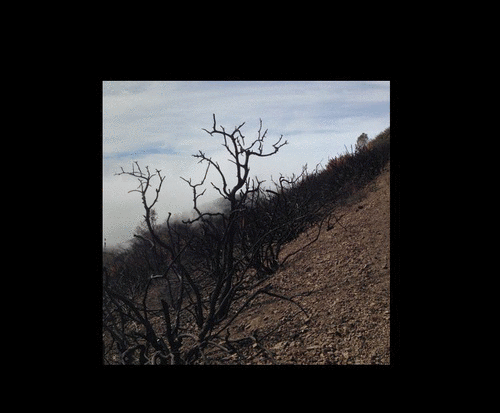As some of you know (especially if you follow us on OpenExplorer), Amy and I have once again made the vast, continent-spanning migration from the Pacific to Atlantic coast, this time settling down in rural Virginia. While we enjoyed our time out in the weirdly foggy, impossibly dry San Francisco Bay Area, we also learn that the southeast US is our ecological niche. Even so, we met hundreds of new and interesting people, got to play with some tremendous tech, and had a great time. So here are the top five San Francisco Bay Area ocean things we are thankful for.
1. Vallejo
Of all the cities that comprise the “Bay Area”, Vallejo, the smallest and furthest from the heart of San Francisco, feels the most maritime, by far. With a downtown only blocks from the waterfront, an expansive city park right at the edge, and an active ferry terminal for commuters, people with a nautical cut to their jib will feel right at home. Though smaller and more suburban than most Bay Area cities, it’s also a whole lot cheaper, with 2 bedroom houses renting for the cost of hot swapping* a futon in San Francisco.
Read More “Ocean things we’re thankful for, West Coast Edition” »

